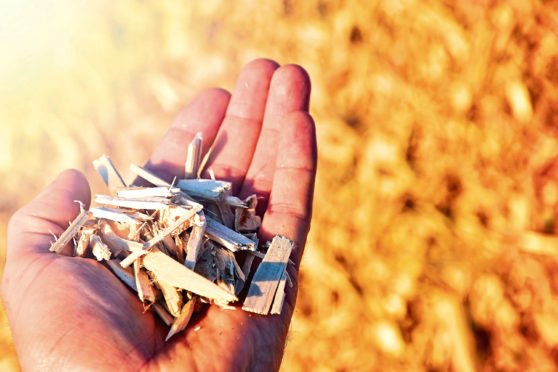A few rows over planting commercial conifers on deep peat have erupted in the last month.
In Cumbria the Forestry Commission has apologised after granting permission to plant an area of peat bog which they will now reinstate, and near Langholm in Dumfries deep peat has been ploughed for a planting scheme approved by Scottish Forestry – around 700 acres thought to be funded by £850,000 of taxpayer support.
After being alerted by some locals, Scottish Forestry have put a stop to the works, which clearly breach the UK Forestry Standards, but it remains to be seen if there will be any reinstatement of peat.
This is not the first time issues around planting on peat have been raised in the Langholm area, and questions should be asked of the planting application process. Were meaningful surveys for peat, mammals, etc carried out before granting permission to plough deep peat?
These failures come on the back of work published by the RSPB, which reveals an overall failure to restore and protect the UK’s peatlands and leads to questions over the current forestry policy of permitting planting on shallow peat.
Recent studies suggest any net carbon gain from planting on shallow peat will not be achieved until at least the second rotation, which takes us to the next century at best. Given that our climate emergency requires us to reach net-zero by 2045, planting on shallow peat is counter-productive for that target.
Some have already pointed out that these forestry failures to protect peat are a consequence of concentrated land management and ownership, the lobbying power of the forestry sector, absentee forestry investors, and not consulting with the locals – all valid and true points.
But the real driver is a renewable energy biomass policy, common across much of Europe, which many now say is so flawed that it is actually advancing climate change and creating global ecological damage.
The UK’s biomass power plants now consume more timber each year than is felled in the UK.
We rely on wood pellet imports from the US, where vast areas of diverse native woodland are being felled to fuel our biomass requirements, offshoring not only our carbon footprint but also our environmental footprint.
Those cleared native woodlands are replaced with monoculture conifers lacking in ecological diversity.
Earlier this year 200 US scientists wrote to Congress to warn biomass energy was not carbon- neutral, and that biomass policy not only destroyed native forests but also did not reduce carbon emissions.
They called for a new and scientifically sound direction to be considered with a shift away from forest biomass energy.
Similarly, in 2018 more than 700 scientists signed a letter to the European Parliament calling for its renewable energy policy to be amended to avoid expansive harm to the world’s forests and the acceleration of climate change.
On the carbon argument, who should we believe: 700 scientists or the commercial forestry lobby?
Having just completed my third carbon audit for the Beef Efficiency Scheme I’m aware that how we account for carbon is not only complex but also flawed, raising more questions than answers.
On the environmental issues around expanding forestry, I support diverse woodland creation – the right trees in the right places. But having spent most of my life in Galloway and witnessed the effect of an ever-expanding tide of Sitka spruce on our flora, fauna and people, I’d say a bit more thought on our forestry policy and practices would be welcomed by many.
- Christopher Nicholson is chairman of the Scottish Tenant Farmers Association.










